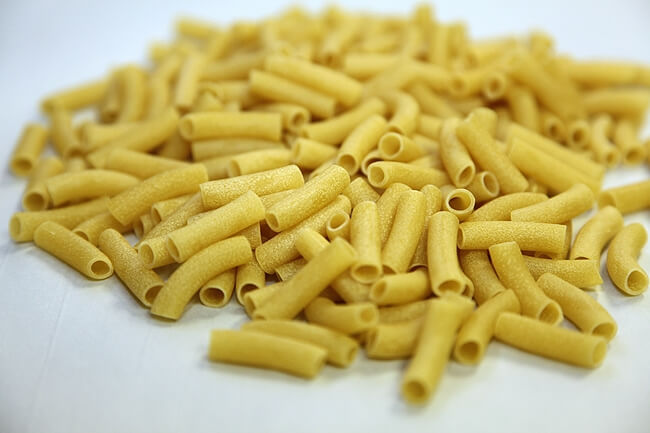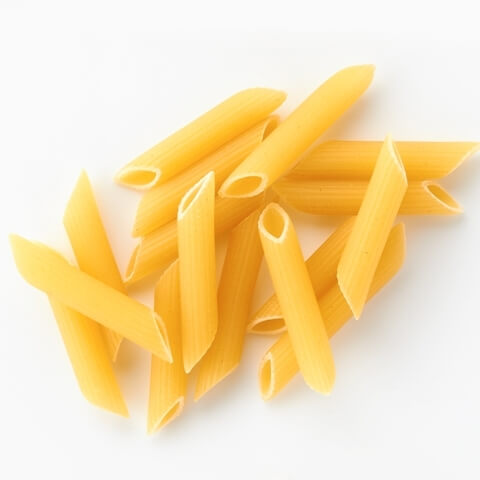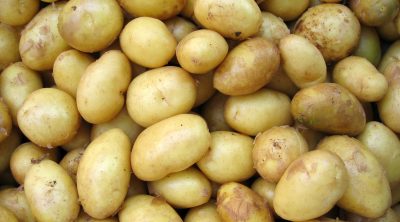Pasta is the quintessential comfort food. Born in Arabia, it was perfected in Italy. Now it’s a staple throughout the world. Though there is a multitude of varieties in different styles and shapes, pasta can seem quite similar. It’s easy to believe that pasta is pasta, whatever the name or shape.
While all pasta may start off with similar ingredients, they are not made to be interchangeable. Each type of pasta was created with a purpose. Likewise, the meals they’re used in are selected carefully to balance the qualities of that particular variety.
The type of pasta you choose to cook with will greatly impact the texture of your dish. In turn, this will affect the taste and experience of your meal.
You’ve most certainly heard of ziti and penne. They are two popular kinds of pasta used throughout the seasons in classic meals. You may wonder how they differ from one another—and what sauces best utilize their particular properties. Let’s take a look.
Ziti and Penne: Differences and Distinctions
Ziti and penne—at first—seem quite similar to one another. Both types of pasta belong to the extruded pasta group. That means they are extruded, or pushed out, into a tubular shape by a pasta machine.
Other pasta varieties, like spaghetti, are rolled out in sheets and then sliced. Types like ravioli are folded and then cut.Both ziti and penne are roughly the same in diameter. They clock in at slightly less than a quarter of an inch. They’re also about the same length.
So what’s the major difference between them? The largest physical distinction between the two involves the cut and texture. Ziti is cut at square angles.

Slightly longer than penne, its tubular look is emphasized. Penne, on the other hand, is cut at sharp angles, giving it a distinctive appearance.

These two types of pasta also sport different textures. Penne is most often fluted with sharp, lengthwise ridges around its exterior. Smooth versions of penne do exist, but they are not nearly as ubiquitous as the fluted variety.
Ziti is consistently smooth in texture. When cooked, it tends to turn soft and buttery, whereas penne retains more of its rigidity.
The makeup of the pasta dough is the same. There is no distinct flavor that belongs solely to one or the other. Rather, the pasta flavor is heavily influenced by how it’s served. Usually, this comes down to the type of sauce it is served with.
This is where the true distinctions between penne and ziti come into play. The types of sauces they’re served with are completely different. When you think of ziti, you probably think of it as baked, which shapes how you consider its taste.
You’ve probably had quite a few pasta dishes in your day. You may have noticed that not all sauces fit into the same category. Some sauces are hearty and thick. Others are thin and watery. There are tomato bases, cream bases, butter, and oil—if you start a true list, the options seem endless.
Of these sauces, some are predominantly meat and vegetables mixed with a tomato base. These are ragu sauces. Oil and butter sauces are called carbonara. Others are largely oil-based—such as pesto—which combines olive oil with pine nuts and garlic.
Pasta shapes and textures interact with their sauce in specific ways. Sturdy pasta varieties go well with thicker sauces. The pasta stands up well to the texture of the sauce without breaking apart.
Watery sauces are great to use with thinner pasta types. They can help separate pasta strands that tend to bind together and make them easier to manipulate. The slippery strands of spaghetti, for instance, can get lost in a thick ragu. In a thin and oily marinara, however, they twirl easily onto your fork.
It’s obvious that the sauce you choose to serve with your pasta deserves serious consideration. Looking more closely at both ziti and penne, you can see what they bring to their sauce pairings.
Cheese or Sauce: What Makes the Meal?
Ziti is a thinner, smooth pasta, so you would expect it to be served fresh with thinner sauces, like marinara. A quick search of ziti recipes will have you sorting through dozens of baked ziti options, though.
Cheeses tend to stick better to more rigid pasta types, like penne. Ziti is much too fragile to really pair well with freshly shaved cheese, such as in a pasta salad.
However, baked ziti, drowning in molten cheese is another thing altogether.
Baked ziti can be paired with a variety of vegetables and meats. In addition to the cheese—traditionally ricotta and mozzarella—common ingredients include meaty marinara, carrots, onions, and celery.
Penne is both more rigid and more flexible than ziti. Its rigidness helps it pair well with heartier sauces. Ragu, carbonara, and pestos all go well with penne. Penne is a versatile pasta and there’s a large variety in how one can serve it.
The smoothness of ziti, however, would encourage most sauces to slide right off, leaving the dish tasting very different.
Unlike ziti, penne is usually served ‘al dente’. Al dente pasta is cooked firm to the bite. The tubular shape and hollow body allow it to be filled with the sauce it’s served in. The angular ends help capture the sauce. You’ll find penne is a true vehicle for its sauce.
Penne can be cooked with a stew or tossed with diced vegetables and fresh cheese. Penne can also be fried in a skillet with the likes of shrimp or chicken. Of course, penne can be tossed in the oven with cheese and meat for a warm and delicious baked meal.
It’s All About How You Want to Use It
Penne and ziti each have their own unique properties. Penne, with its rigid design and adaptability, makes it an excellent choice when serving a meal of complex flavors and textures. As you can see, this makes it more versatile than ziti.
Baked Ziti, while limited in its flexibility, is classic comfort food that pairs well with a variety of other ingredients. While you may return to the same baked classic, the additional ingredients can completely change the taste and feel of the meal.
Both kinds of pastas will serve you well. Whether you choose penne or ziti for your dish, all comes down to what kind of meal you have planned.
There’s no need to choose one type of dish over the other. They’re all delicious. So go ahead and try out a few different recipes. You may find you have some new favorites to add to your weekly menu.






